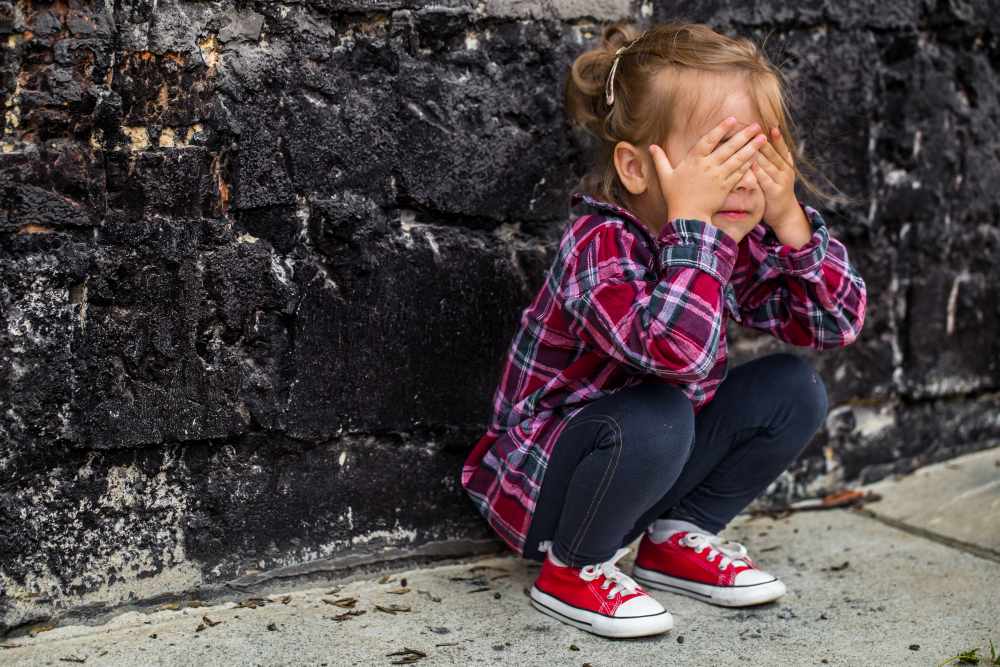Children are often afraid of things that may seem trivial or insignificant to adults.
These fears can range from common childhood phobias, such as fear of the dark or fear of monsters, to more specific fears, such as fear of dogs or fear of loud noises. Regardless of the fear, it is important to understand that children’s fears are real and valid to them, and it is crucial to help them manage and overcome them.
One of the most common fears among children is the fear of the dark.
This fear can be caused by a lack of understanding of the dark or by an overactive imagination. To help a child overcome this fear, it is important to provide them with a sense of security and comfort. This can be done by leaving a nightlight on, or by leaving a door open. Additionally, it is important to talk to the child about what is causing the fear and to reassure them that they are safe.
Another common fear among children is the fear of monsters.
This fear is often caused by a lack of understanding of the world and the unknown. To help a child overcome this fear, it is important to talk to them about what monsters are and to explain that they are not real. Additionally, it is important to provide the child with a sense of security, such as a special toy or blanket, to help them feel safe.
Another fear that children may have is the fear of dogs.
This fear can be caused by a lack of understanding of dogs or by a traumatic experience with a dog. To help a child overcome this fear, it is important to educate them about dogs and to teach them how to interact with them safely. Additionally, it is important to expose the child to friendly, well-trained dogs in a controlled setting.
Lastly, children may have a fear of loud noises.
This fear can be caused by a traumatic experience or by a lack of understanding of loud noises. To help a child overcome this fear, it is important to talk to them about what loud noises are and to explain that they are not dangerous. Additionally, it is important to provide the child with earplugs or noise-canceling headphones to help them feel safe.
In conclusion, children may have different types of fears, it is important to understand that children’s fears are real and valid to them. To help them manage and overcome their fears, it is essential to provide them with a sense of security and comfort, talk to them about what is causing the fear, educate them about the subject, and expose them to it in a controlled setting. It is also important to remember that every child is different and may require different techniques to help them overcome their fears.


